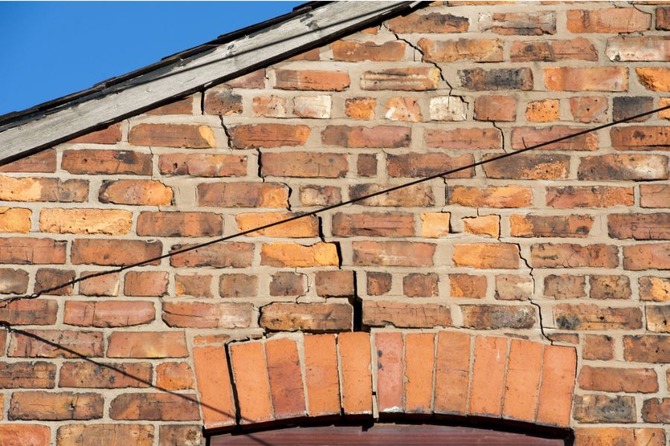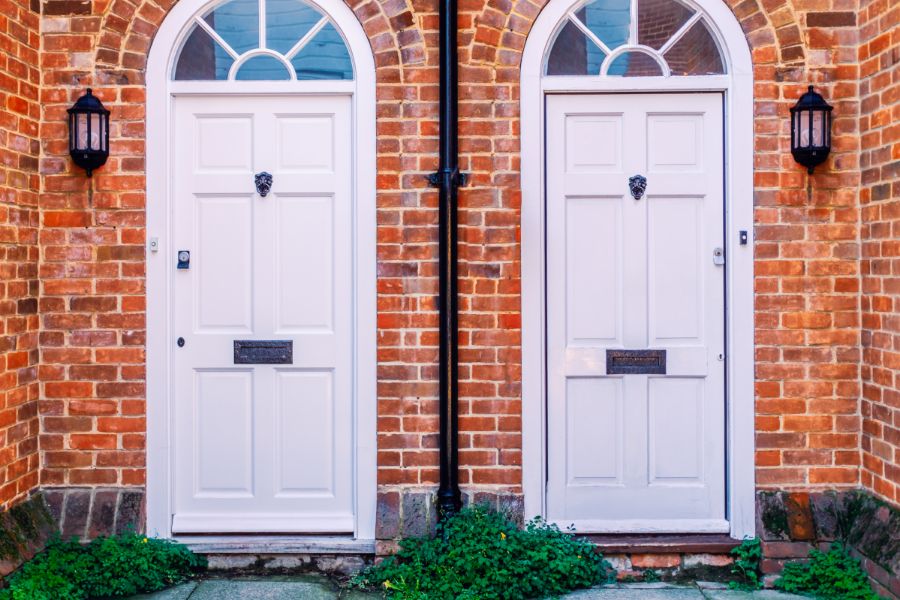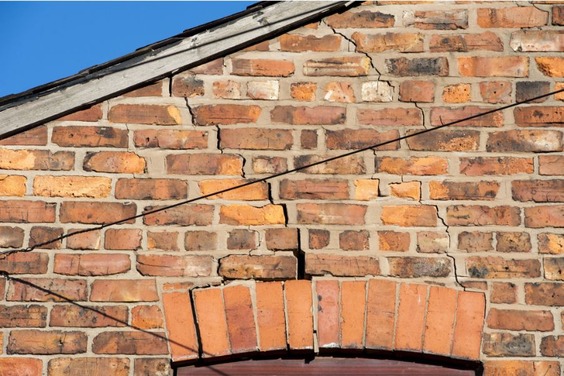The Role of Dilapidations Surveys in Reducing Property Damage

What is a Dilapidation Survey?
A dilapidation survey is an assessment conducted to evaluate the condition of a property at the end of a lease. Its primary purpose is to ensure that the property is returned in the same condition as when the tenant first moved in, minus reasonable wear and tear. The survey identifies any discrepancies between the current condition and the original state and outlines the dilapidation report, which details the repairs and maintenance that need to be addressed.
The dilapidation report is used by landlords to claim for any necessary repairs that fall under the tenant’s responsibility, as specified in the lease agreement. A thorough dilapidation survey helps to reduce the risk of significant damage and the related costs, ensuring that the tenant meets their end of lease obligations.
How Dilapidation Surveys Help Reduce Property Damage
Dilapidation surveys serve several key purposes in managing the condition of a property and preventing property damage. These include:
1. Early Detection of Issues
A dilapidation survey identifies areas of the property that are showing signs of wear and tear or may have deteriorated during the tenancy. By detecting these issues early, tenants can address them promptly and prevent further damage. For example, small leaks or cracks in the property can quickly escalate into significant issues if left unattended, leading to higher lease restoration costs at the end of the lease.
2. Establishing Responsibility for Repairs
One of the main functions of a dilapidation survey is to clarify the tenant repair responsibilities outlined in the lease agreement. By pinpointing exactly which repairs are the tenant’s responsibility and which fall to the landlord, the survey helps avoid disputes at the end of the lease. This clarity ensures that tenants can make repairs during the tenancy rather than facing large bills for repairs that could have been avoided.
3. Preventing Unnecessary Damage
Having a dilapidation report and a clear understanding of the repairs needed at the end of the lease encourages tenants to maintain the property in good condition throughout their tenancy. Regular inspections and maintenance can prevent the property from falling into disrepair. This proactive approach helps to avoid the build-up of damage that would result in costly building condition assessments and extensive repairs when the lease ends.
4. Minimising Financial Disputes
A dilapidation report provides both the landlord and tenant with a clear understanding of the property’s condition, reducing the likelihood of disputes regarding landlord property claims. Tenants can negotiate the findings of the report if they believe certain damages are exaggerated, potentially saving money on unnecessary repairs. This transparency is crucial in ensuring a smooth handover of the property at the end of the lease.
The Importance of Regular Maintenance and Inspections
One of the most effective ways to reduce damage and lease restoration costs is through regular property maintenance. While dilapidation surveys are typically carried out towards the end of the lease, regular inspections throughout the tenancy can prevent issues from escalating into larger, more expensive repairs.
Leasehold Condition Survey
A leasehold condition survey conducted at the beginning of the lease can help to document the property’s initial condition. This serves as a benchmark for the dilapidation survey at the end of the lease, providing both the tenant and landlord with a clear comparison of the property’s condition. If the tenant maintains the property well during their tenancy, there will be fewer issues to address when the lease concludes.
Proactive Property Management
For landlords, ensuring that the property is regularly maintained and addressed for minor repairs can prevent costly damage later. Tenants should be encouraged to report any issues promptly, as this reduces the likelihood of small problems turning into large, expensive repairs. A well-maintained property is less likely to suffer from significant property disrepair, and the costs associated with restoring the property at the end of the lease will be lower.
Common Repairs Found in Dilapidation Surveys
The dilapidation report will identify several types of damage, some of which are more common than others. Here’s a look at typical repairs that often appear in a dilapidation survey:
The cost of repairs varies greatly depending on the size and condition of the property, as well as the extent of the damage.
Tenant Repair Responsibilities and Lease Obligations
Tenants are typically responsible for maintaining the property in a good condition and carrying out repairs as specified in the lease. This includes routine maintenance such as redecoration and repairs to fixtures and fittings. Failure to meet these tenant repair responsibilities can result in substantial landlord property claims for repairs, which can be addressed through the dilapidation report.
By following the terms outlined in the lease, tenants can avoid unnecessary damage and ensure they comply with their end of lease obligations. Tenants should also understand the importance of regular property inspections and early intervention when issues arise to reduce the risk of large-scale damage at the end of the lease.
Conclusion
A dilapidations survey is an essential process for reducing property damage and ensuring that tenants meet their tenant repair responsibilities. By detecting issues early, clarifying repair obligations, and preventing unnecessary damage, these surveys help both tenants and landlords maintain the property’s condition and minimise lease restoration costs. With a dilapidation report in hand, tenants can avoid costly repairs at the end of the lease, making the process smoother for everyone involved. Investing in regular property inspections and maintenance throughout the tenancy will also ensure that property disrepair is kept to a minimum, leading to fewer financial disputes and a better overall experience for both parties.



